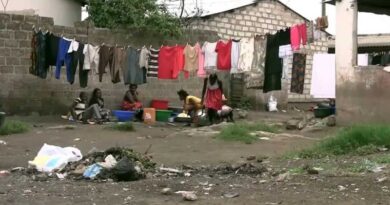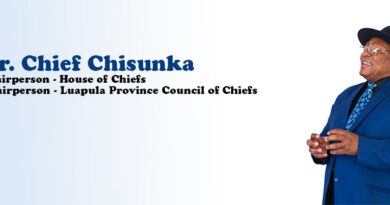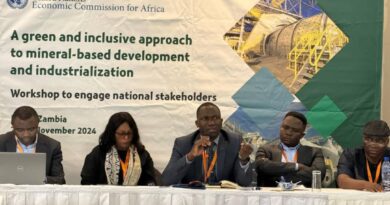Critical Thoughts on Zambia’s IMF ECF Extension – A Second Wind or a Sign of Strain?
The Government’s decision to extend Zambia’s Extended Credit Facility (ECF) by 12 months can offer a further breathing room for the country that is still reeling from debt distress, macroeconomic instability and global economic shocks but a number of key critical issues will be at stake.
On the surface, this extension appears to affirm confidence in Zambia’s reform direction but we need to put all policy models into proper introspective views concerning country’s governance patterns and it’s trajectory which should be expected to run with a combination of other fundamental aspects and not just having a thrust on the IMF wheeling power by the sides, considering that we will soon slide into electoral cycle season next calendar year.
However, though on the other sides a deeper reading suggests that while the program is still on track, progress has been uneven and slow, triggering both in technical and with a larger spotlight on political concerns.
In my view, the extension could be factors bordering few delayed implementations and failure to make logical closures with Afrexibank and TDB on their debt restructuring negotiating models among many other things etc.
What the Extension Gets Right
Zambia has made commendable strides under the ECF program: inflation begun to ease, fiscal discipline is being enforced, and the government commitment to transparency and debt restructuring has been very visible.
The recent approval of $184 million disbursement is a positive signal of performance within key program targets.
The extension grants Zambia additional fiscal space to stabilize its economy while improving reserve buffers and continuing structural reforms.
However, it is also strategically aligned with the broader international creditor architecture under the G20 Common Framework, allowing for synchronized debt treatment efforts. For markets and development partners, it shows that the IMF is still in Zambia’s corner.
Where the Real Concerns Lie – A Critical Look
- Implementation Weaknesses
The very need for an extension reflects slippage in reform execution. While Zambia has met some quantitative benchmarks, qualitative reforms particularly in public enterprise restructuring, expenditure control, and domestic revenue mobilization are lagging.
ZESCO, for example, continues to struggle under inefficiency and subsidy burdens despite being flagged for urgent reform.
- Reform Fatigue and Policy Resistance
There is growing domestic pushback against IMF-linked reforms, particularly as cost-reflective pricing in fuel and electricity begins to affect households and SMEs.
Without strong social cushioning and communication strategies, public opposition may escalate, especially as the 2026 election season nears.
Government will need to manage a fine line between fiscal prudence and political pragmatism.
- Lack of Economic Diversification
The ECF program remains too narrowly focused on stabilization without enough integration into Zambia’s long-term structural transformation agenda.
There is still minimal traction on policies aimed at industrialization, export diversification, and agricultural productivity. IMF programs tend to de-emphasize these, leaving Zambia to shoulder this burden independently.
- External Dependency Risk
While concessional financing under the ECF is affordable, it runs the risk of fostering donor dependency, unless matched by serious domestic reform ownership.
The extension should not become a cushion for avoiding tough but necessary local institution-building, tax reform, and capital market deepening.
What Should Be Done Differently?
Anchor the IMF Program in a National Development Agenda: Align ECF reforms with Zambia’s medium-term national development plans, including job creation, industrial policy, and green growth.
Accelerate Structural Reforms: Move decisively on key areas such as subsidy reform, SOE restructuring, and public procurement transparency.
Broaden Stakeholder Engagement: Improve citizen awareness and consultation around reform timelines and social protections to build national consensus.
Use the Extension Period Wisely: Time is short. This likely 12-month window must be used not to delay hard reforms but to execute them efficiently, with strong monitoring and evaluation systems.
My Final Thoughts
Zambia’s ECF extension is a second chance, not a victory lap. It reflects both the IMF’s patience and the country’s struggle to balance reform ambition with political and institutional realities. If Zambia seizes this opportunity with a bold, reformist mindset, the ECF can serve as a true turning point. If not, it may become yet another prolonged cycle of fiscal survival without meaningful transformation.



